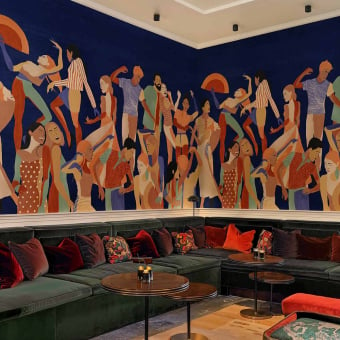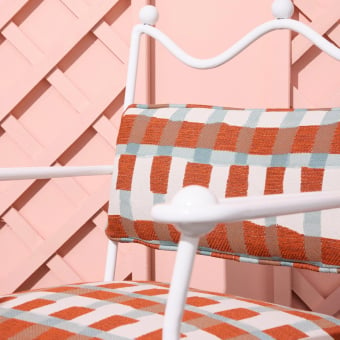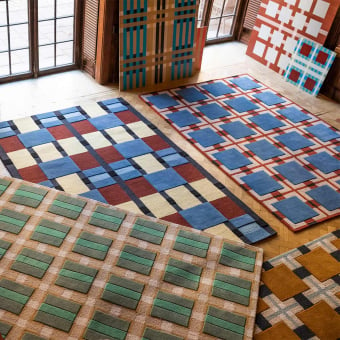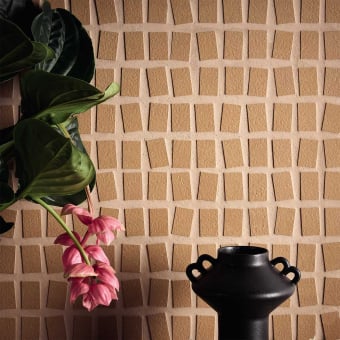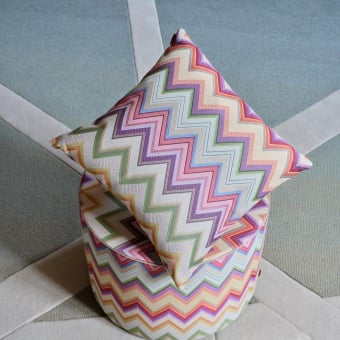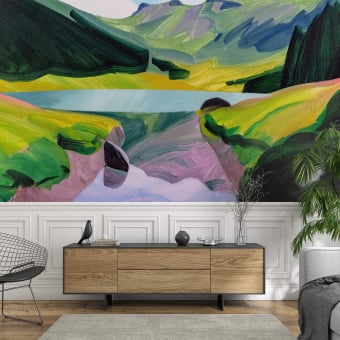€ EUR
 France (Mainland and Corsica)
France (Mainland and Corsica)
 France (Mainland and Corsica)
France (Mainland and Corsica)
International settings
Wallpaper


Types
- Mural
- Repeating pattern wallpaper
- Wall covering
- Wallpaper frieze
- Adhesive wallpaper
- See all walpapers
Manufacturer
Our collaborations
Mural


Mural
Wallpaper murals often include large-format illustrations. True pieces of art, they give life and depth to your interior.
On each product page, a configurator is at your disposal to easily customize the dimensions of the mural to your wall.
For designs requiring graphic adaptation, we offer you the possibility of filling in a simple form on the product page.
Types
Laying and maintenance
Manufacturer
Our collaborations
Furnishing fabric


Rug


Manufacturer
Tile


Types
Laying and maintenance
Manufacturer
Accessories


Manufacturer
Our brands
